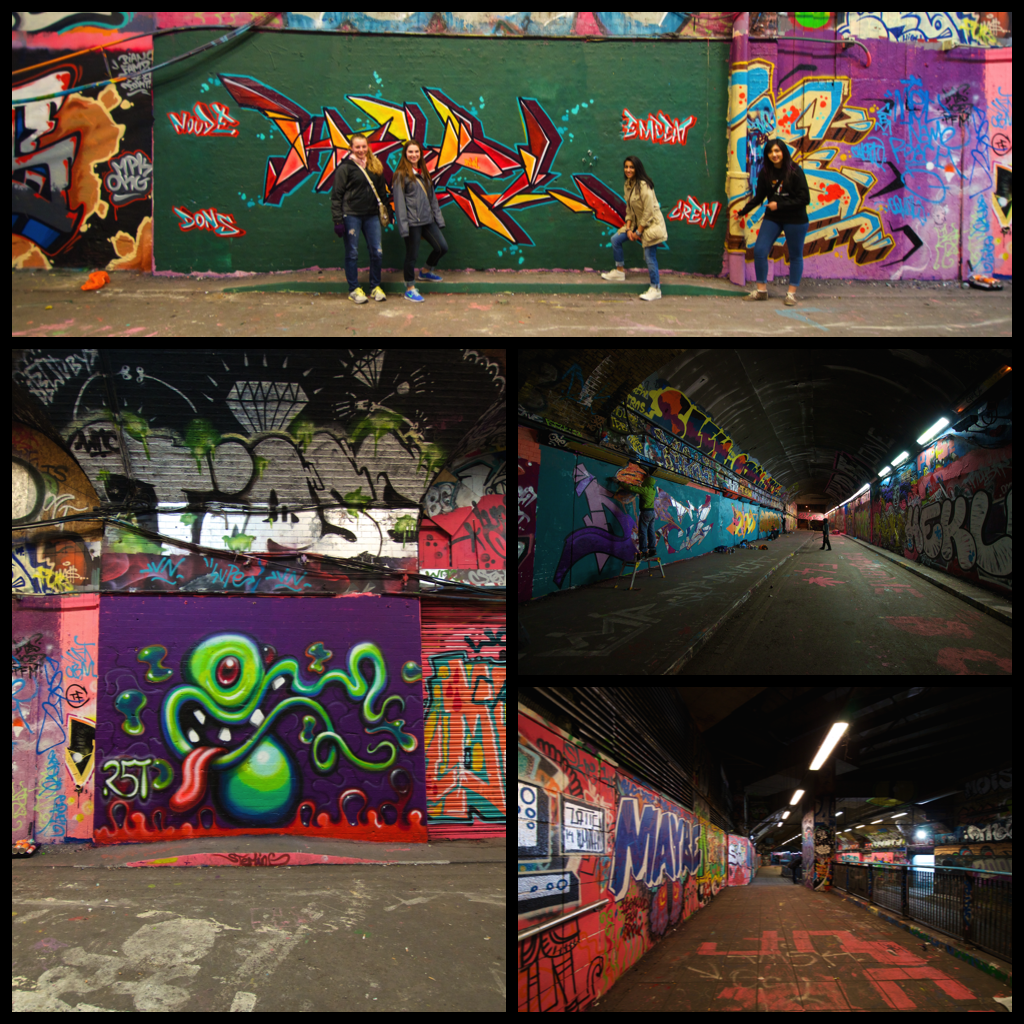As a physics teacher, the first two units of measurement we learn are time, and distance. And while we teach these ideas now as if they have always been, the measurement of time as we know it, and length has we have come to accept it, had to start somewhere. And one of the places instrumental in that was the Royal Observatory.
Our last morning in London we woke up at a reasonable hour, enjoyed our routine hearty breakfast (unlimited access to Bacon, Sausage, Hashbrowns, Beans, Eggs, Mushrooms, Croissants, Cereal, Yogurt, Fruit Salad, Muffins, Coffee, Hot Chocolate, Bread, Cheese, Ham and Orange Juice) before heading far across London, and the Thames, to Greenwich - home of the Royal Observatory (and Cutty Sark, and Maritime Museum - though we didn't visit those places). The directions I was given told us that we needed to get out of the DLR (Docklands Light Rail) station at Cutty Sark (across from a giant old boat) and then walk through the park and up the hill. This translated into "get out at a station with construction. Walk up 100 stairs, through a Naval College, cut through the Queen's house next to the Maritime Museum, and then walk to the top of a VERY STEEP HILL." Check. So a good mornings aerobic activity (not that the 100 km we'd walked in the 9 days previous could be called lazy). It was a drizzling, cool morning, but we made it to a rather unassuming brick building at the top of the hill. There are many things awesome about this place that made it worth the climb and effort.
 |
| Meridian House, housing many astronomical relics (top), entrance to the Royal Observatory (bottom left) and walking through (and up) Greenwich Park (bottom right). |
1. It's the home of the Prime Meridian. Yes there is an arbitrary place that divides the east and west hemisphere, and this is it. France also fought for the right, as did a few other places, but London won. And all measurements of longitude East and West are measured from this point. And so we could enter the Meridian Courtyard, and stand on the Prime Meridian. How often can you say that? We stood with one foot in the east and one foot in the west and took our photos. Yup. It was pretty cool.
 |
| Our group straddling the Prime Meridian int he Courtyard (top) and individually Qudrat, Mr. Becker, myself and Celina & Serena (bottom) |
 |
| Harjot & Rene (top left), Kiran & Harpreet (bottom left), and Suesha, Simran and Harleen (right), on either sides of the Prime Meridian. |
2. It's home of time. With a 24 hour magnetic clock ticking to the half second, and ball that drops each day at one in tradition for sailors setting their watches as they sailed down the Thames. The Royal Observatory existed in a time where there was a need for more accurate navigation. And in the 1800's there was no universally recognized time. So eventually there was a world wide meeting and a giant vote and 1884 it was decided that all world time would be measured relative to Greenwich. And to this day, our time zones are +/- Greenwich Mean Time (GMT) - the time at the Royal Observatory.
 |
| The 24 hour magnetic clock outside the Observatory. Also, a place that the British could go back in the 1600's to measure items. They placed them between the two brass pegs to get a definite Yard, foot, or 6 inch measurement. |
3. Cool astronomy stuff happened here. They have a SIDEREAL CLOCK. One of 2 working sidereal clocks in the world. It may be possible that I was the only one who cared about this. In short - as the world we measure days/years in one astronomical way, but there is more than 1 "correct" option - and this is the less accepted (and known) version to those outside of astronomy and physics. But if you are curious, check
here.
4. Christopher Wren, architect who built St. Paul's Cathedral, Kensington Palace, and many other famous British Buildings, also built the Royal Observatory, including the octagon room. The king at the time heard that Louis XIV of France was building an observatory, and insisted that Britain have one too. He only have £500 to spend, and Wren said he was up to the task and completed it for only £520. From that point on the Astronomer Royal was appointed by the King/Queen and lived here in what is now known as the Flamsteed House - After Flamsteed, the first astronomer Royal.
 |
| Top - Tombstone of Halley, second Astronomer Royal (and discoverer of Halley's Comet), Sidereal Clock, and ancient measuring devices. Bottom, the octagon room. |
5. Astronomy Stuff. Space is cool. There is a telescope, and historical telescopes and various ancient and modern space devices. They do a lot of research there and have great school programs, but unfortunately we couldn't study Cosmic Radiation this day because we weren't a UK school. So we had to settle for enjoying the view, a brief walk through the courtyard and houses, and a momentary stop on the Prime Meridian. So no complaints here!
 |
| view of the Queen's house, Maritime Museum and Naval College from the top of the hill, and London beyond (left); the Prime Meridian (right) complete with distances to various cities from this line (measured in degrees). |

























